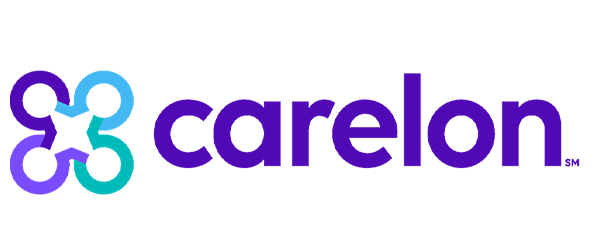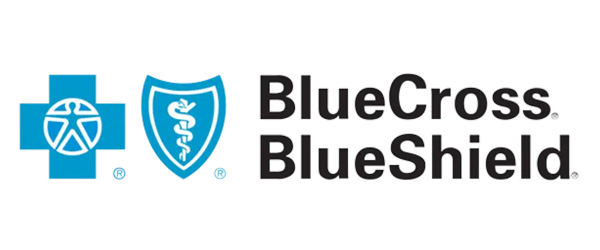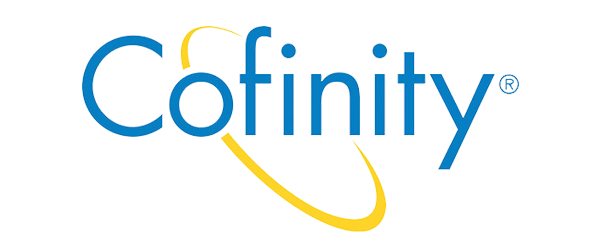Living in Florida means enjoying some of the most beautiful parts of the country. Countless miles of coastline and warm weather entice locals and tourists to this state. However, not all is perfect in the Sunshine State. Substance abuse statistics in Florida show a real need for addiction treatment programs to help people recover from substance use disorders. Tampa Recovery rises to the occasion, helping people understand how to come out of the shadow of addiction. Our proven treatment takes someone who feels lost to drugs or alcohol and gives them hope and a new direction.
Substance Abuse Statistics in Florida
When people think of Florida, they often think of beaches, amusement parks, and trendy vacation spots. However, Florida is not immune to the damage done by addiction to drugs and alcohol. Because of this, the state also shows a need for quality addiction treatment.
Statistics reported by the Substance Abuse and Mental Health Services Administration (SAMHSA) show that during 2017-2019 in Florida, there was an annual average prevalence of:
- 1.1 million people with a substance use disorder
- 770,000 people with an alcohol use disorder
- 752,000 people who misused prescription pain relievers
- 165,000 people with an opioid use disorder
The Florida Dept. of Health reports that in 2020, there were 45,510 visits to the E.R. for non-fatal overdoses. The most prevalent drugs involved include:
- 21,277 opioid-related
- 9,248 heroin-related
- 2,547 stimulant-related
In the same year, there were 28,097 hospitalizations for non-fatal drug overdoses. The breakdown for the most prevalent drugs in these cases include:
- 8,185 opioid-related
- 4,665 stimulant-related
- 2,040 heroin-related
How Is Substance Abuse Treated?
Someone who finds themselves a number in the substance abuse statistics in Florida may feel unaware of where to turn for help. While drug and alcohol addiction proves tricky, anyone can take advantage of modern treatment modalities and recover.
The first step in getting help usually involves going to a detox program. This allows the person to receive medical supervision while they go through the detoxification process that helps clean out their systems from the toxins built up during addiction.
From there, people have the choice of either transitioning to a residential program or an outpatient one. Residential treatment takes place in a facility and requires the person to live there for several weeks or months. For those who qualify, outpatient programs may be a better choice. With these, a person lives in their home while visiting a treatment center to receive care for their addictions.
Outpatient rehab consists of three options. The first is regular outpatient and takes place for a few hours per week. Second is intensive outpatient programs or IOP in Tampa, which typically require a person to attend treatment three to five days a week for a few hours per day. The last option is a partial hospitalization program or a PHP in Tampa. This requires attendance for sessions several hours per day for five to seven days per week.
What Happens When I Get Treatment For Substance Abuse?
When someone begins treatment for substance abuse, it starts with treatment personnel getting to know them. A complete assessment is conducted to understand the individual’s physical and mental health. Details such as the type of substances abused, how much of them are typically consumed, and how long the addiction has gone on are taken into consideration. From there, the treatment professionals can draw up a plan for the person that meets their unique needs and goals.
A wide range of services can be employed to help a person achieve lifelong recovery. Choices for these treatment approaches include:
Individual Therapy: One-on-one counseling with a trained therapist helps a person organize their thoughts and express their emotions. They can put the past in focus and set goals for a bright future.
Group Therapy: A therapist leads a group of people all focused on learning to live a life of sobriety. Together, they can offer each other support and accountability in their recoveries.
Family Therapy: Someone who has become part of the substance abuse statistics in Florida doesn’t suffer alone. Family therapy helps bring their loved ones together in order to heal past issues and the damage done by addiction.
EMDR Therapy: Eye movement desensitization and reprogramming (EMDR) specializes in helping people deal with traumatic events they survived. Trained therapists guide individuals via instructions for eye movements or hand gestures while they recall the trauma they endured. This results in a reduction in symptoms like flashbacks and anxiety.
Florida Medication-Assisted Treatment: Also known as MAT, this process combines behavioral therapies with medications. FDA-approved meds help treat things like withdrawal symptoms and cravings for drugs and alcohol. They can also help quiet mental health symptoms like depression and anxiety.
Brainspotting Therapy: Similar to EMDR, this non-invasive procedure addresses the effects of trauma.
Find Addiction Treatment in Tampa Bay
Substance abuse wreaks havoc on a person’s life, no matter where they live. Getting help in the right place helps turn someone’s world around. Tampa Bay Recovery Center in Florida employs a staff of trained experts who understand how to treat substance abuse. We offer multiple outpatient plans designed to meet the needs of those ready to get sober and stay that way. Stop being part of the substance abuse statistics in Florida. Visit our admissions page now and get started on the right path.







